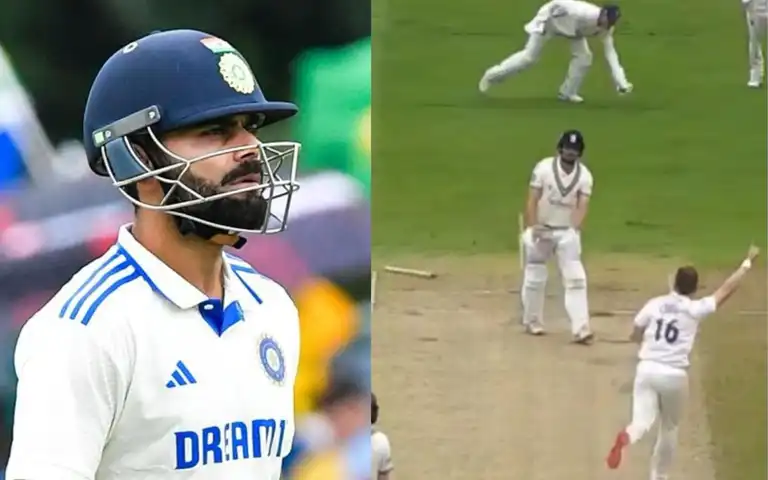CRICKET NEWS

Bold Step! RCB Offers Full Refunds For Cancelled Home Matches Of IPL 2025
RCB takes a bold step, offering full refunds for cancelled home matches in IPL 2025, ensuring fans are taken care of during tough times.
 (1).jpg)
IPL 2025 To Resume Next Week As India-Pakistan Announce CeaseFire - Report
In a significant development, there are reports that IPL 2025 will resume from next week. According to a report from SportsTak.

Buttler, Archer Among Englishmen Leave India; Few Off To Dubai As IPL 2025 Put On Hold
Several English players like Jos Buttler and Jos Buttler fly back to England as the BCCI confirmed the suspension of the IPL 2025 season.
.jpg)
Jay Shah Holds The Key For PSL Not Happening In Dubai - Report
Jay Shah has played a key role in the suspension of PSL and the ECB rejecting PCB's request to host remainder of PSL in Dubai.

List Of Famous Indian Cricketers Who Served In The Armed Forces Ft. MS Dhoni
In the article, let's take a look at the Indian players who have served in the Indian Army.
 (1).jpg)
IPL 2025 To Go Out Of India? How Many Times Has The League Moved Out Of The Country
IPL 2025 is likely to be moved out of the country and this article will shed light on how many times has the league moved out of India.

Umran Malik Told To Stay In Hyderabad By Worried Family As IND-PAK War Tensions Soar
Umran Malik has been reportedly advised by his family to stay back in Hyderabad amidst India’s cross-border tensions with Pakistan.
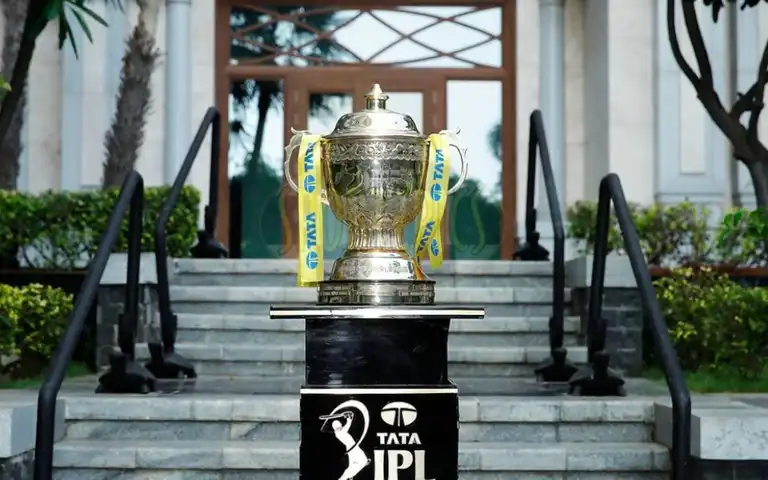
IPL 2025 To Be Played In Just 3 Venues; BCCI Creates Emergency Plan After Suspension
In a significant development regarding the future of IPL 2025, ESPNCricinfo has stated that BCCI has shortlisted Bengaluru, Chennai and Hyderabad as three venues for the remainder of the season.
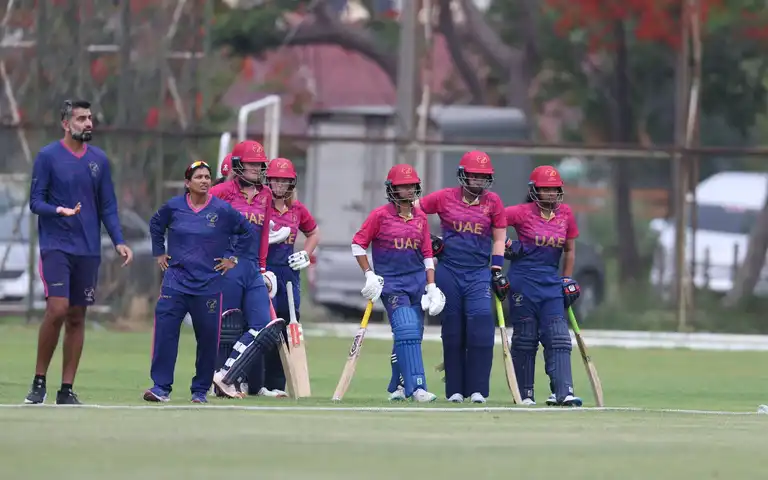
All 10 Batters Retire Out! UAE Does Unthinkable Declaration Act In Demolition Of Qatar
The UAE team has now surprised everyone with their unthinkable act in the Women T20 WC Asia Qualifier 2025, by retiring out all their batters
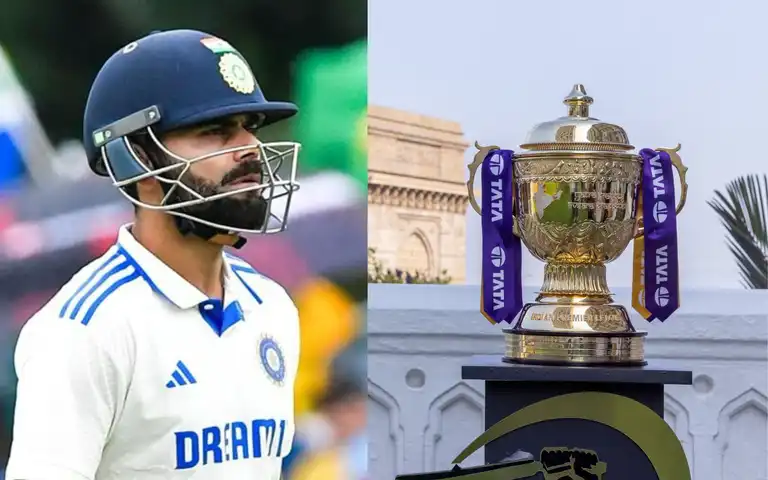
.jpg)
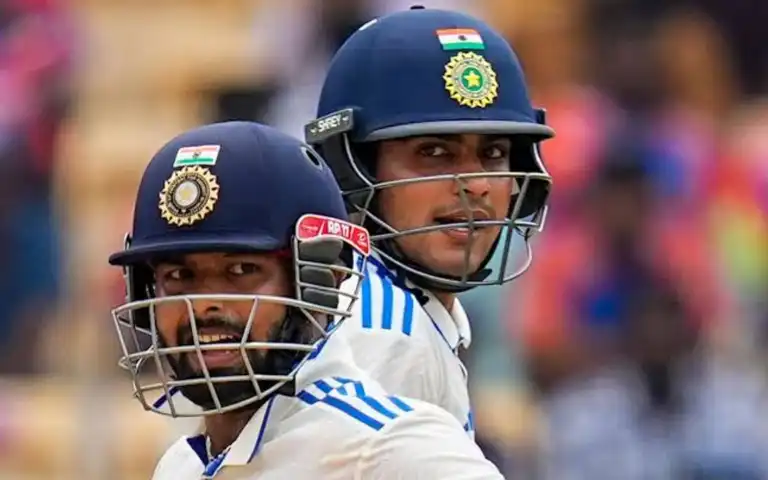
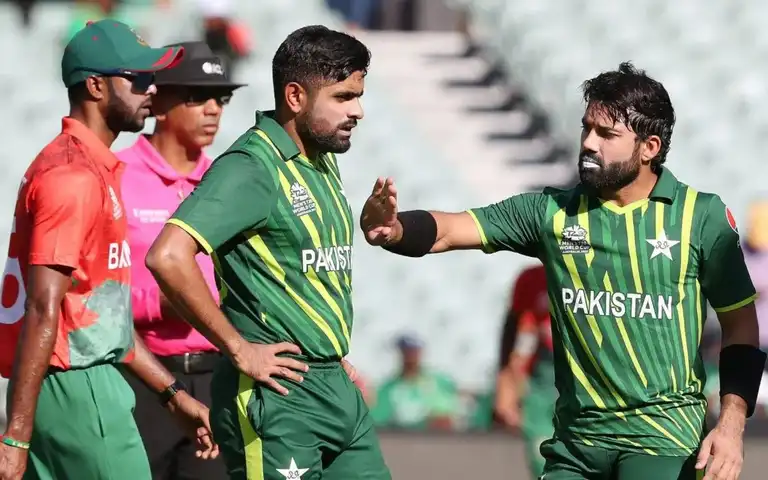
.jpg)
